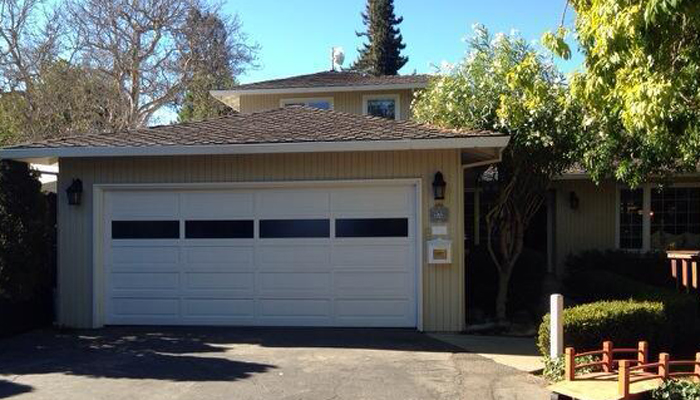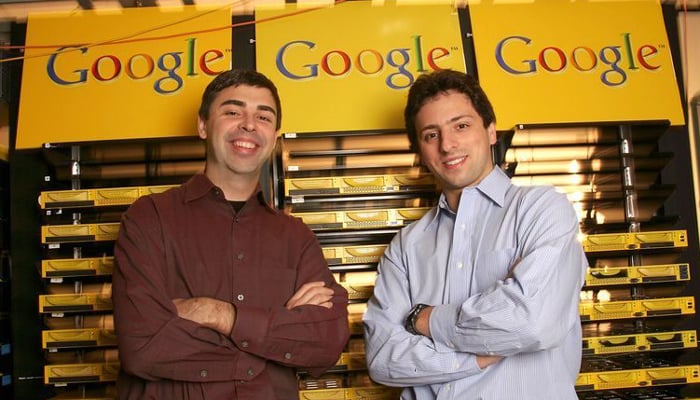Google, the world’s most popular search engine, turns 20 this month and it’s celebrating with a special doodle.
The internet’s rabbit hole that gives access to everything from academic research to retail therapy and hours of online gaming has got most internet users relying on it.
To celebrate Google’s two decades of existence, we’ve compiled a list of twenty facts you may not know about the company:
⯈Google often brings in goats to “mow” the lawns of its offices.
⯈Google is a misspelling of the word “googol” – a large number that you can write as the digit one followed by 100 zeroes.
⯈“Don’t be evil” was one of the company’s original mantras.
⯈Google is meant to denote the masses of information that the company delivers.
⯈If you search for the word “askew” in Google, the results will appear slightly tilted to the right. Try it!
⯈If you type a ridiculously long number into Google, followed by the search term “=english”, it’ll tell you that number in words.

⯈Google began in the garage of eventual employee Susan Wojcicki’s Menlo Park home.
⯈Wojcicki went on to become the CEO of Google-owned YouTube.
⯈Google offices must be no further than 200 feet away from food, upon Sergey Brin’s instruction, according to Forbes.
⯈Founders Larry Page and Sergey Brin offered to sell Google for $1 million (£760,000) back in 1999. The offer was rejected.

⯈A venture capitalist got the above offer down to $750,000 (£570,000). Still, the buyer refused. Talk about a missed opportunity.
⯈Google is the most visited website in the world.
⯈The first Google Doodle was a stickman, as a homage to Burning Man 1998, which Larry Page attended (and evidently enjoyed).
⯈Members of deceased Google employees in the US will receive 50% of their salaries for a decade after their death.
⯈Jeff Bezos was an early investor in Google.
⯈“Google” has been a verb in the Oxford English Dictionary since 2006.
⯈Every minute, 2.4 million searches happen on Google.
⯈Google went down for a few minutes on 16 August 2013, and global web traffic dropped 40%.
⯈Google works out traffic density via the speed at which Android devices on the road are moving.







